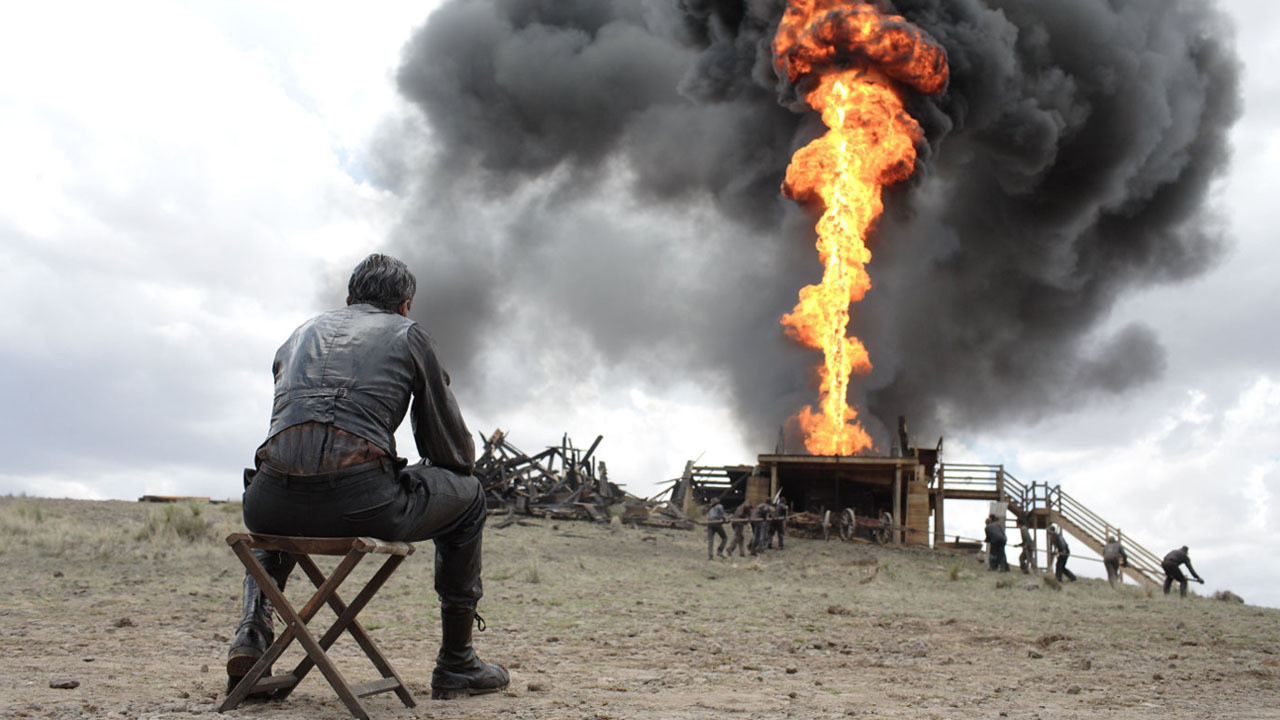
Paul Thomas Anderson was once regarded as a wunderkind, making radically interesting films with wit, style, and a flourish for the epic during his late twenties, but at the time we had no way of knowing that his brilliance wasn’t connected to his youth – he has continued to put out some of the most fully realized American pictures of the last 20 years. He is a rare filmmaker who is able to possess a deep vision of the world and also find the tools within a studio system for making them manifest in the world.
His style shifts and morphs from feature to feature – an aspect that has often invoked comparisons to Stanley Kubrick. Just as with Kubrick, the shifting chameleonic style doesn’t belie recognition of the author, it intensifies it – PT Anderson doesn’t make westerns or thrillers or dramas, he makes films about humans caught up in systems of expectation and humiliation, of greed and ambition, of power and weakness.
He creates characters that seem to wrestle into eternity, often portrayed by someone who appears in other films. Frequent collaborators include Philip Seymour Hoffman and Philip Baker Hall, plus his cinematographer Robert Elswit, who has shot almost all of his films.
8. Hard Eight/Sydney (1996)
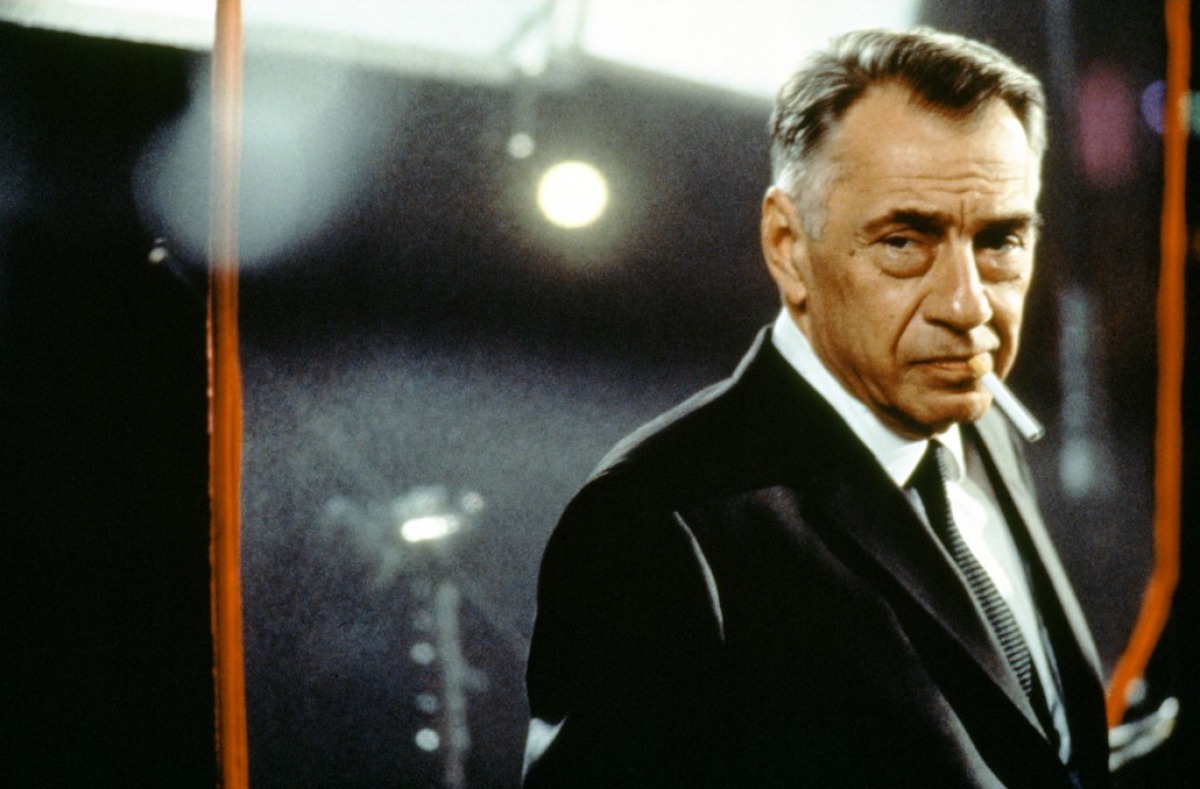
Hard Eight, or Sydney as Paul Thomas Anderson originally titled it, was his debut film, and it gives birth to so many of the flavors that we will later come to associate with his body of work – the roving, unchained camera, the desolate urban space with rich fantastical interiors, the generational trauma and the religions we commit ourselves to in order to make sense of the world. Sydney is played by Philip Baker Hall, whose past find a way to resurface, like an Elvish ring, in the figure of a young John C Reilly, who plays John Finnegan.
Finnegan’s in a tight spot, you see. He has to bury his mother, but he finds himself stranded in the middle of the desert without a penny to his name. Sydney finds him, buys him a cup of coffee, and teaches him how to make money at casinos, how to grift, how to play his way into rooms and comp-ed meals and all without really spending anything. He wanders through Reno, looking to make sense of his own past, and what that tells him about his future, but avoidance is a dangerous game.
Before long John is caught up in something bigger than himself, and it leads to discoveries that shake our understanding of the coincidences of the film so far. These narrative twists and turns reveal a very intentional and idiosyncratic genius emerging from his cocoon. Hard Eight/Sydney may not yet be a masterpiece, but it shows all the early signs of masterpieces to come.
7. Punch-Drunk Love (2002)
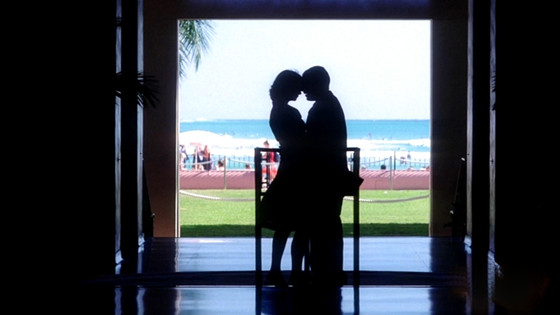
Punch Drunk Love is PT Anderson at his most tender, finding moments of serene calm and beauty amidst an unrelenting storm of chaos and uncertainty. Barry Egan, played masterfully by Adam Sandler, is an anxious man, a lonely man in search of connection, but also really just looking to take a breath from everything going on around him. One day he discovers a small piano abandoned in the road and a cute stranger who shows an interest, and suddenly his whole world is open to new possibilities.
Barry is a strange protagonist, because he doesn’t ever seem to be motivated by his actual needs or desires, but by a kind of raw emotionality that doesn’t always make sense. He asks a dentist for psychiatric help, he randomly flies to Hawaii to pursue a romantic interest; he even begins hoarding pudding for the possible escape it promises.
Barry desperately needs something to stop the noise, to quell the chaos inside of him, and he wildly lashes out at people around him, often destructively. But when he meets and begins clumsily dating Lena, the rickety, woozy world around him comes into focus for a moment.
Punch-Drunk Love also marks a transition for PT Anderson; in that we begin to see his protagonists abandon collective/family structures and retreat into their own minds. The anger and anxiety that we see in Barry could easily be found in some of Daniel Plainview or Freddie Quell, but here it can be seen in its nascent stages.
6. Phantom Thread (2017)
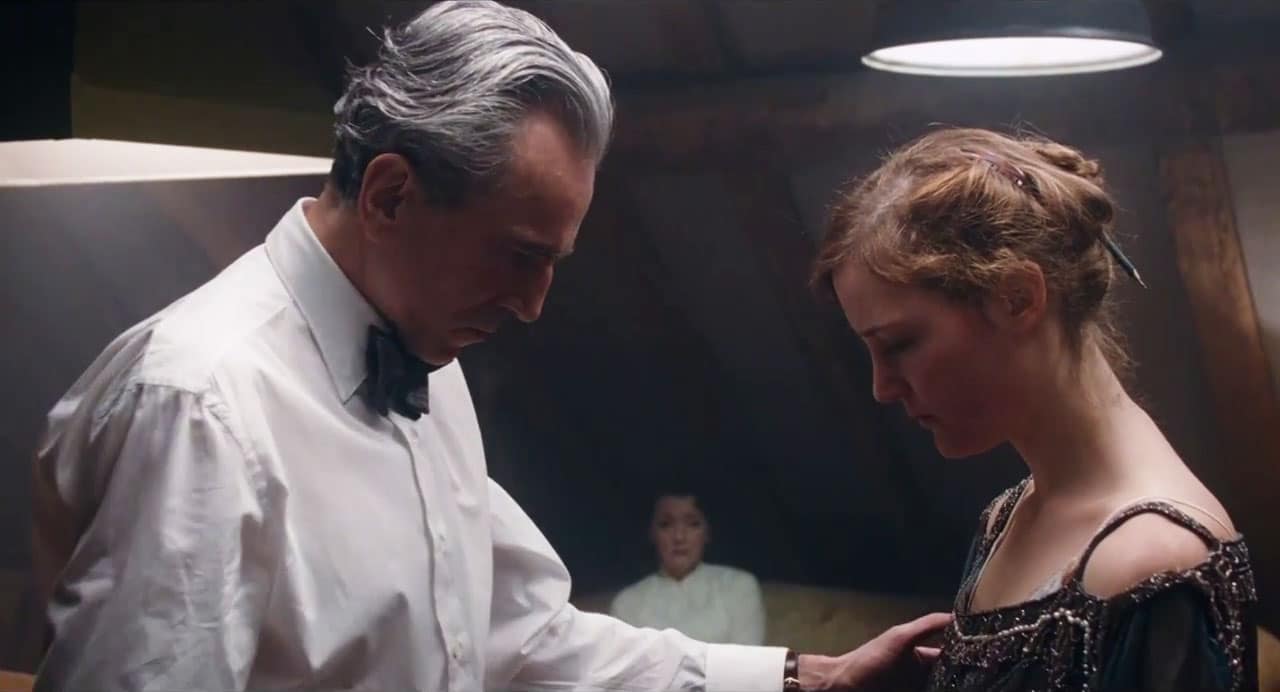
Here with his recent effort, teamed up once again with iconic A-lister Daniel Day-Lewis, after mutual peak work in “There Will Be Blood” (2007), the early trailers hinted at this being a stuffy and slow-burn period drama, centred on Lewis’ dressmaker and a taxing relationship with a younger waitress (Vicky Krieps). Yet the advertising mis-sold a much more amusing and surprisingly hopeful ‘battle of the sexes’ romantic drama.
Day-Lewis (in what is assumed to be his acting swan song) is in fantastic form as usual; it’s a bafflingly subdued performance for the powerhouse actor, subtle in detail and an unpredictable note to go out on. Yet the true scene stealer is the unknown Krieps, who is able to match the veteran and hold her own in a series of standout scenes that pit the two against each other.
The plot’s pivotal dynamic works in more ways than one, with Day-Lewis’s elegant old professional constantly challenged by the less nuanced skills of his female counterpart.
In the large scheme of Anderson’s filmography, this subtle movie feels less essential than some of his more important works, but that doesn’t lessen its quality. It’s a lower-key effort than expected, but one that’s expertly and elegantly made by the two seasoned pros (accompanied by an impressive newcomer).
5. Inherent Vice (2014)
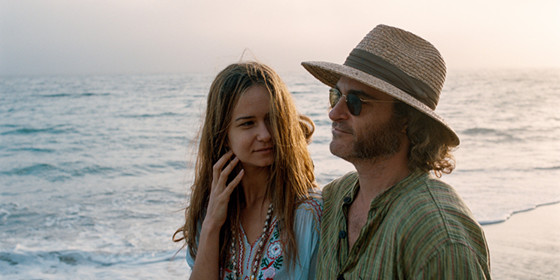
In spite of the comic tone that runs through many of Anderson’s films, Inherent Vice is the only one that comes close to being an actual comedy. Based on the novel by Thomas Pynchon, it follows a jaded, hippie detective, who solves cases by joint and pizza, alongside his marine law expert sidekick. They seem constantly at odds with law enforcement, particularly a man named Bigfoot Bjornsen played by Josh Brolin.
In some ways, this is an exploration of some themes we see elsewhere in Anderson’s oeuvre – the duality of Bigfoot and Doc Sportello, the counter- vs the normative culture, the time capsule from a lost period – but it can’t fully be explained by those tropes.
It’s far more haunted, catching Americana between parallel forces of conspiracy and idealism, still in the postmortem of the Summer of Love, beyond the shadow of Altamont. That atmosphere is cynical – even Bigfoot struggles with the departments lack of moral center.
But Doc’s journey is a world apart, wandering through piers blanketed in fog, chasing dentists and heroin traffickers. It’s almost like a Hardy Boys novel, passed through a bad acid trip. It reveals the trickiness of getting free through systems that further entrap you. And what, then, is the point of it all? Somewhere between the “whatever man” and the absurd realizations that emerge from the cloud of weed smoke is the truth. That or you’re just high.